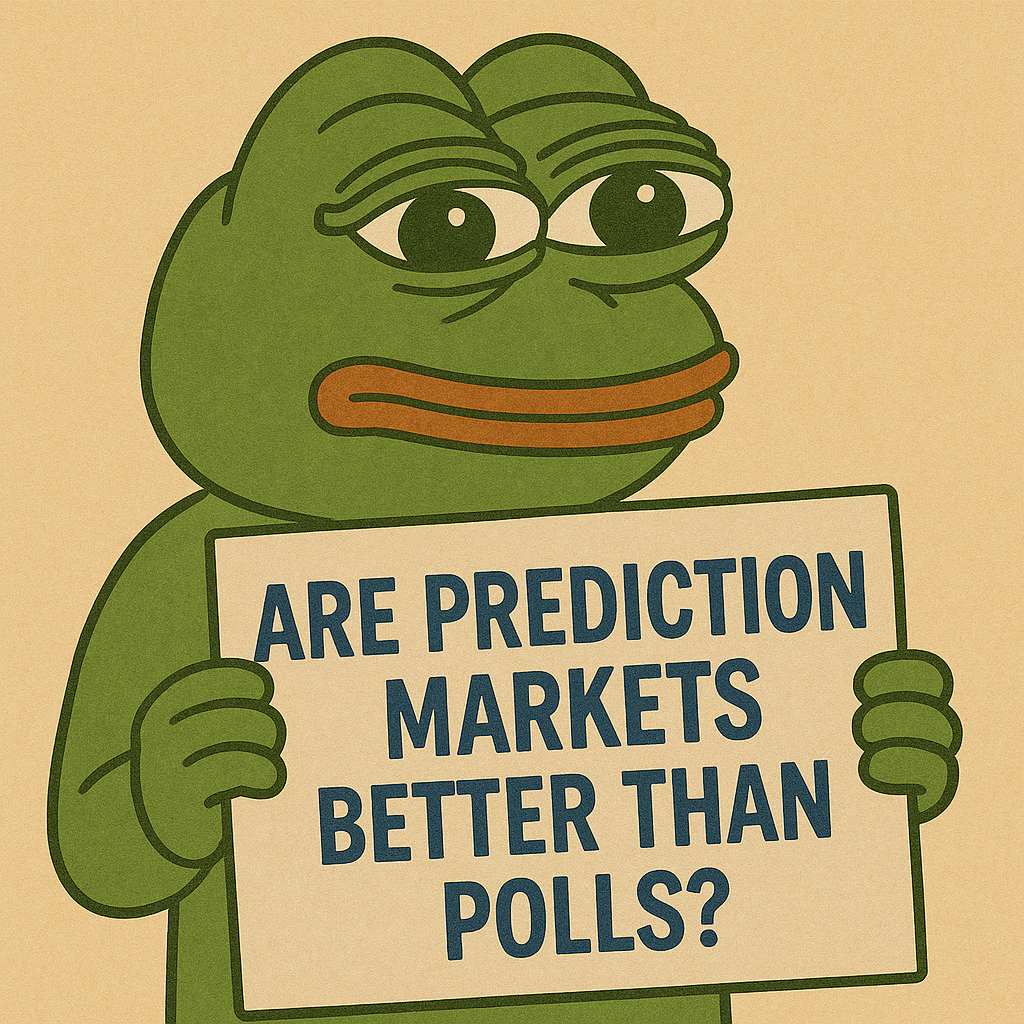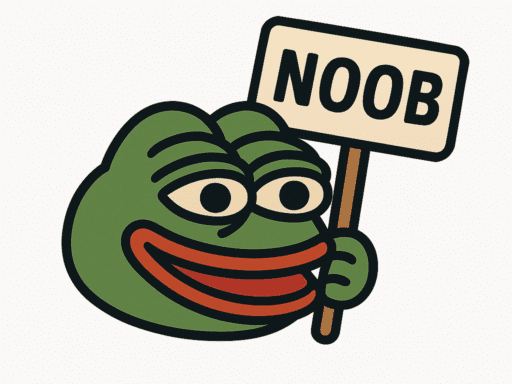
Overview:
Are Prediction Markets Better Than Polls? It’s not an easy question
Prediction markets have gained prominence as tools for forecasting political events, often touted for their real-time responsiveness and the financial incentives that drive participants to aggregate information efficiently. Unlike traditional polls, which capture stated preferences at a specific moment, prediction markets reflect the collective expectations of participants who have a financial stake in the outcomes.
For instance, during the 2024 U.S. presidential election, prediction markets like Polymarket were noted for their swift adjustments to emerging information, providing dynamic insights into electoral probabilities.
Advantages of Prediction Markets:
- Real-Time Updates: Markets adjust continuously as new information becomes available, offering up-to-date forecasts.
- Incentivized Accuracy: Participants have financial motivations to make accurate predictions, potentially leading to more reliable outcomes.
- Information Aggregation: Markets consolidate diverse insights, potentially capturing the “wisdom of the crowd.”
Limitations and Potential Biases:
Despite their strengths, prediction markets are not without flaws. One significant concern is the potential for manipulation. Political actors or parties might place substantial bets on favorable outcomes to create an illusion of increased likelihood, thereby influencing public perception and possibly voter behavior.
Additionally, herding behavior can occur, where participants follow prevailing trends rather than independent analysis, leading to market distortions. This phenomenon can undermine the reliability of the market as a forecasting tool.
Impact of Liquidity and Participation:
The effectiveness of prediction markets heavily depends on liquidity and the number of participants. Markets with low trading volumes or limited participant diversity are more susceptible to inaccuracies and manipulation. For example, in some prediction markets, a single large bet can significantly sway the market odds, creating a misleading representation of the actual probabilities.
Ensuring a broad and active participant base enhances the market’s ability to aggregate diverse information, leading to more accurate and reliable forecasts.
Comparative Accuracy:
Studies have shown mixed results when comparing prediction markets to traditional polls. While some research indicates that prediction markets have outperformed polls in certain elections, other studies suggest that well-conducted polls can be equally or more accurate, especially when adjusted for known biases.
Conclusion:
Prediction markets offer a compelling complement to traditional polling methods, providing dynamic and financially incentivized forecasts. However, their susceptibility to manipulation, herd behavior, and the critical importance of liquidity and participant diversity necessitate cautious interpretation. Combining insights from both prediction markets and traditional polls may yield the most comprehensive understanding of electoral dynamics.
So are Prediction Markets Better Than Polls? Yes, probably !
Please note: This article is for informational and educational purposes only. It does not constitute financial advice or an endorsement of any particular forecasting method.
